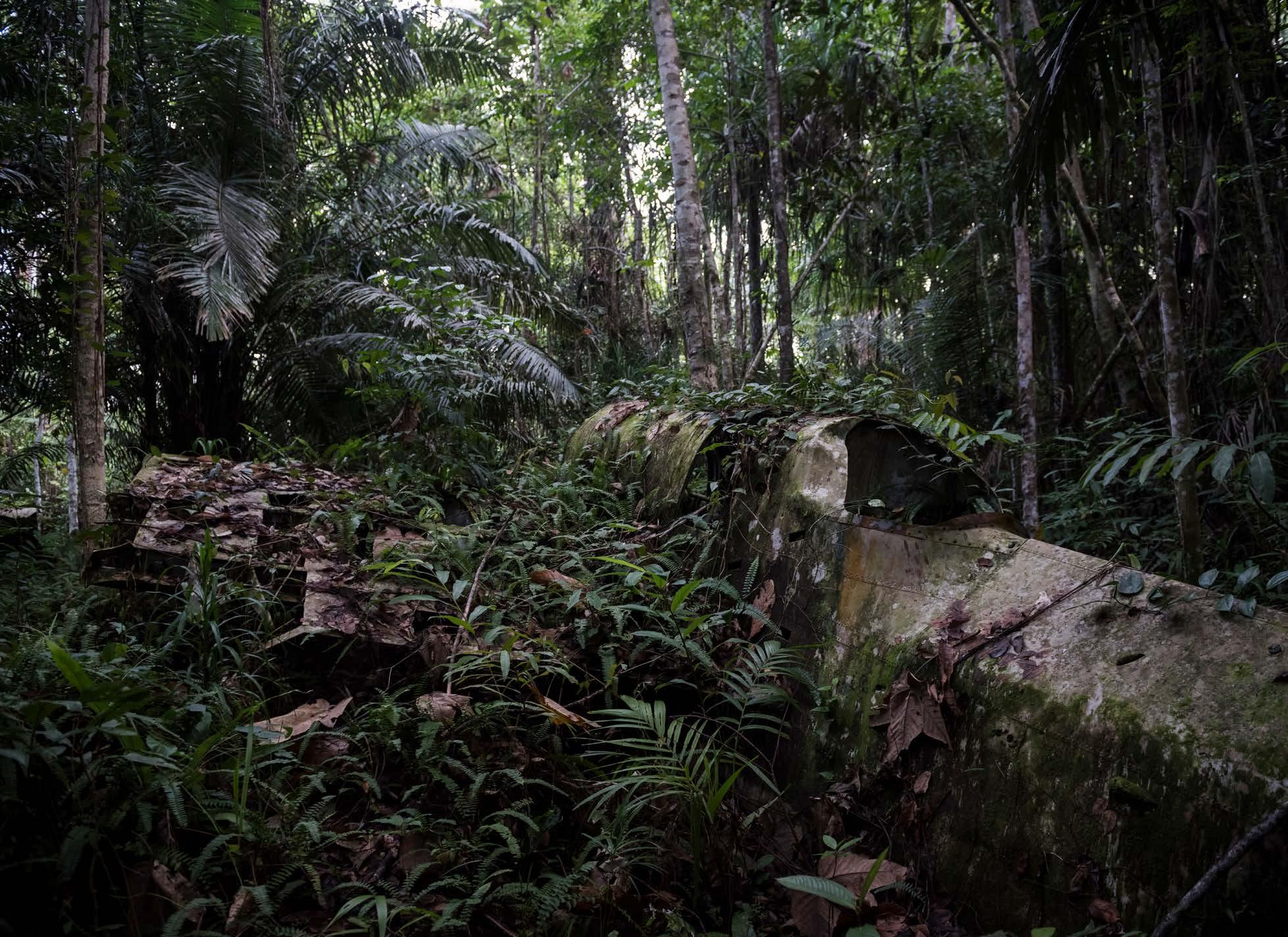
4 minute read
LAE
Explore all that Lae has to offer. Travel beyond to the beautiful Ramu and Markham Valleys.
With its deep port and central northern location, Lae is the home of industry and export in PNG. Vastly different to the commercial environs of Port Moresby, Lae is responsible for a large portion of the country’s annual economy. It also played a central part in the battle for the region in WWII.
The Lae War Cemetery is the resting place for 2,808 soldiers buried here as a result of the WWII operations in PNG. Most of the burials comprise of Australian servicemen, with only 19 being British. There are also 426 Indians buried within the grounds who were taken prisoner whilst fighting in Hong Kong and Malaya. The cemetery is opened most days with free entry. There’s a large building in the centre of the cemetery that features information on the WWII battles including a register showing a complete report of the casualties.
Another interesting yet lesser-known attraction in Lae is the Japanese Memorial, which is on the way to Wagang Village. To get to the memorial, drive out past the Pistol Club and keep going towards Malahang. Just as you arrive at the Malahang Industrial Estate, take a right hand turn towards the coast and you’ll see the memorial about half way along. The best place to locate a guide for this area is at Wagang Village where you can ask to speak to an elder for assistance.
While in Lae, check out the Rainforest Habitat, which is located on the grounds of the University of Technology. Here you can view indigenous flora while watching an array of PNG fauna from the raised viewing platforms. The habitat is home to Agro, a massive Salty Crocodile.
The Lae National Botanic Gardens were recently restored and opened to the public. The gardens are open daily and tickets for entry can be purchased from the Forestry Research Institute. The Crocodile Farm, a commercial enterprise which also supports the conservation of wild crocodiles, is also worth a visit. For fresh produce and exotic flowers, visit the Lae Main Market open Monday to Saturday.
Lae was the last departure point for the famous Amelia Earhart who, in 1937, wanted to be the first person to fly around the circumference of the world. After 29 days of flying, Earhart and her navigator, Fred Noonan, touched down in Lae on 30 June 1937 to a rousing audience. Unfortunately, during the next leg of their journey, Earhart and Noonan were unable to get an accurate weather forecast and ran directly into a storm which was ultimately blamed for taking their lives. Today, the two are honoured as modern day heroes in Lae where a memorial stone and plaque has been erected in Independence Park on the Coronation Drive/Markham Road Junction.
It’s possible to travel from Lae to the Highlands or Madang through the beautiful Ramu and Markham Valleys. From Lae, take the Highlands Highway out past Nadzab Airport until you reach the open paddocks of Ramu Valley. If you travel past this point, you’ll arrive next in the Markham Valley. From the Markham Valley, drive another 45 minutes until you come to a branch in the road. Turn left if you want to travel up the mountain through the Markham Pass and on to Goroka and the Highlands. Turn right if you want to drive on to Madang.
If you decide to explore Ramu Valley, you’ll discover lush farmlands nestled in a backdrop of rolling hinterland. During WWII, the region was a strategic location for the Allied Forces to expand their war efforts. After securing Lae, the 7th Division’s next task was to take hold of the Ramu and Markham Valley regions. Kaipit was seized between 19 and 20 September and Dampu followed on 4 October. The Japanese retreated to Shaggy Ridge and Allied Forces had to tackle difficult, mountainous terrain in order to execute their next victorious battle taking the ridge on 19 January 1944.
Today the Ramu Valley is known for its agricultural produce such as sugar cane, poultry and cattle farming. The township of Ramu resembles a simple outpost, but behind the façade is the picturesque property of the New Britain Palm Oil Company, which acquired Ramu Sugar Company in 2008. The property boasts manicured gardens, an 18-hole golf course, tennis courts and a war memorial. Although not officially open to the public, the Ramu Agri Industries Guest House offers accommodation, a restaurant, a swimming pool and a cosy bar. For bookings, contact Ramu Agri Industries in Lae on +675 474 3299.
If you’ve decided to visit Ramu for a day or two, make sure you speak to your accommodation staff about the local bush treks. The treks can vary in length from a few hours to more adventurous full day treks up to the mountain behind Ramu or through the Wairius River to Wairius Hill. If you are travelling on to Madang or the Highlands, be sure to travel with a local who can assist you in case you encounter any issues.
Lae is home to the famous Morobe Cultural Show so be sure to check it out if you’re around in October.
Sights & Attractions
• Lae War Cemetery The Japanese Memorial
• The Morobe Cultural Show
• Lae National Botanic Gardens
• The Rainforest Habitat
• Ramu Valley
Kratke mountain range around Ramu river and valley











